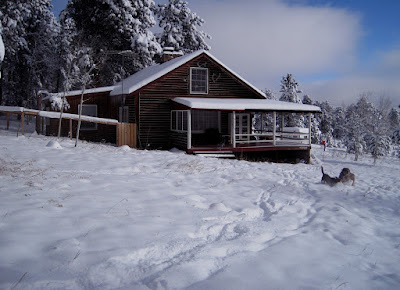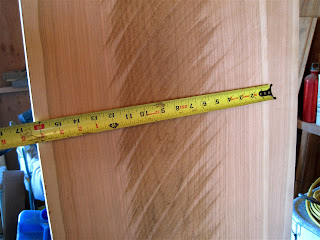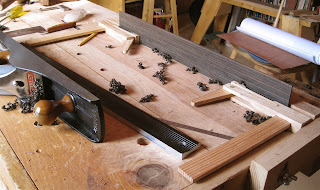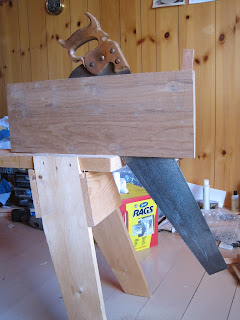Posts
Showing posts from 2015
On the Bench: Western White Spruce/African Rosewood Concert Guitar
- Get link
- Other Apps
A Guitar Maker's Christmas Wish List
- Get link
- Other Apps
How Many Guitar Making Hours in a Day?
- Get link
- Other Apps
Building an Antonio Torres SE 117 Guitar: Full Size Drawings to Start
- Get link
- Other Apps
What I've Learned About Woodworking - Hand Tools and Machines
- Get link
- Other Apps
When the Wood Tells You What to Make
- Get link
- Other Apps
Classical Guitar Necks: Black Cherry and Spanish Cedar
- Get link
- Other Apps
Lufkin No. 386 Four Fold One Foot Ruler
- Get link
- Other Apps
A Pepperwood Antonio Torres Style Guitar, SE 117: Re-sawing Back and Sides
- Get link
- Other Apps













